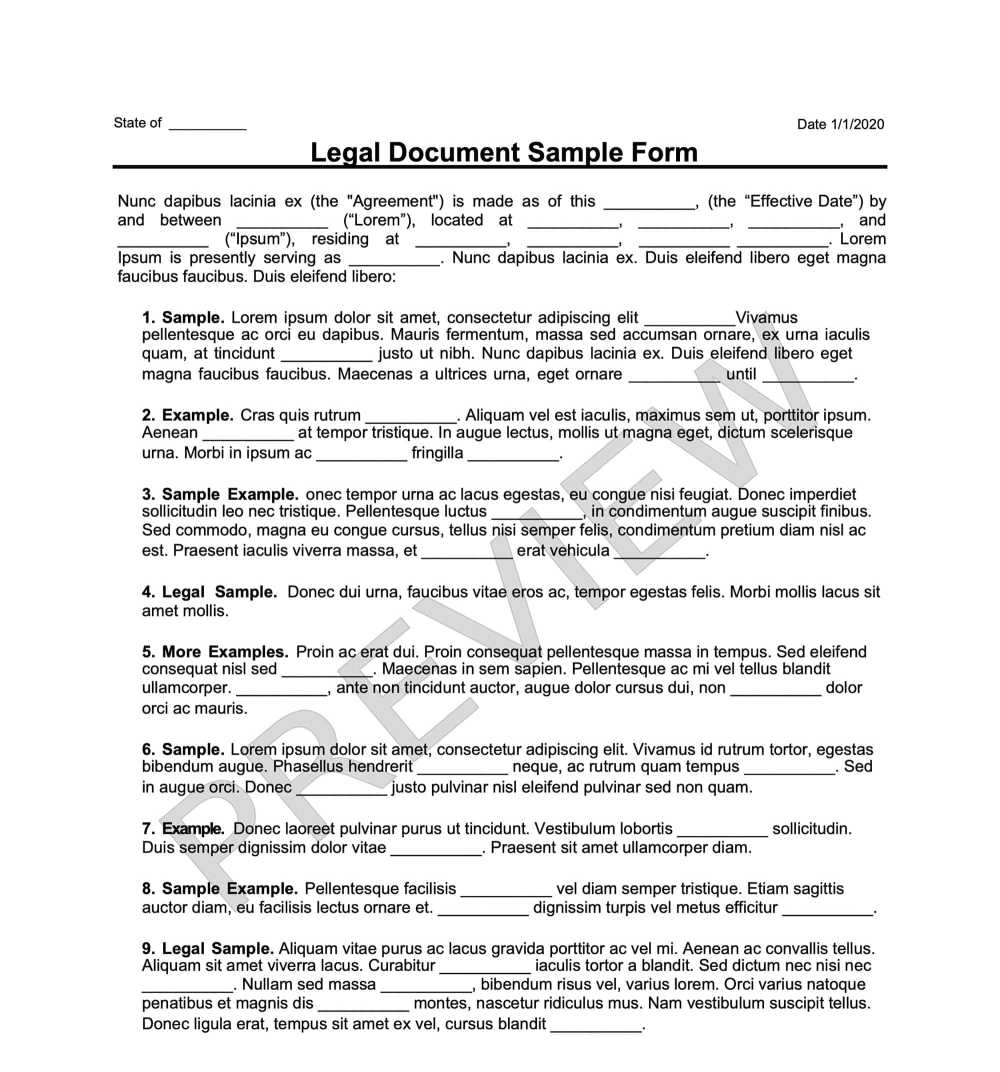Consent to Lease Assignment
A landlord can use a Consent to Lease Assignment to allow the original tenant to transfer an original lease agreement to another party.


Frequently Asked Questions
A release of assignment is a clause included in a Consent to Lease Assignment that absolves the original tenant of future property damage. Without this statement, the landlord could go after the current tenant for damages if the new tenant turns out to be an irresponsible deadbeat.
A Consent to Lease Assignment transfers the entire lease to a new party. With a Consent to Sublease, the original tenant is still responsible for the lease but sublets to a new tenant to recoup the cost of rent. Both documents require the official, signed approval of the landlord.
As the original tenant, you may want to tell prospective new tenants everything worth knowing about the property to prevent surprises and fruitless efforts. For the more serious prospects, you can offer to show them the original lease or even supply them with a copy. You can even prepare the consent on your part, which may make it easier to get your landlord's approval.
For all residential properties built before 1978, landlords and sellers must supply prospective tenants and buyers with a lead-based paint disclosure. The 1996 Lead-Based Paint Disclosure federal law requires the Environmental Protection Agency and the Department of Housing and Urban Development to enforce this rule, which may apply to a tenant attempting to assign the lease to someone else.
Without a Consent to Lease Assignment, the landlord can sue you and win easily. The standard lease agreement in the United States explicitly forbids reassignment. You must obtain this consent if you want to have any hope of your lease assignment holding up legally.
Generally, the consent does not need to be notarized – the signature alone makes it legally enforceable. An impartial witness may be helpful in the event the signature on the agreement is ever challenged, but a notary is not necessary.
Please Note: The use of a notary ensures that no one challenges any signatures later and is a secure way to firmly establish the effectiveness of your document.




